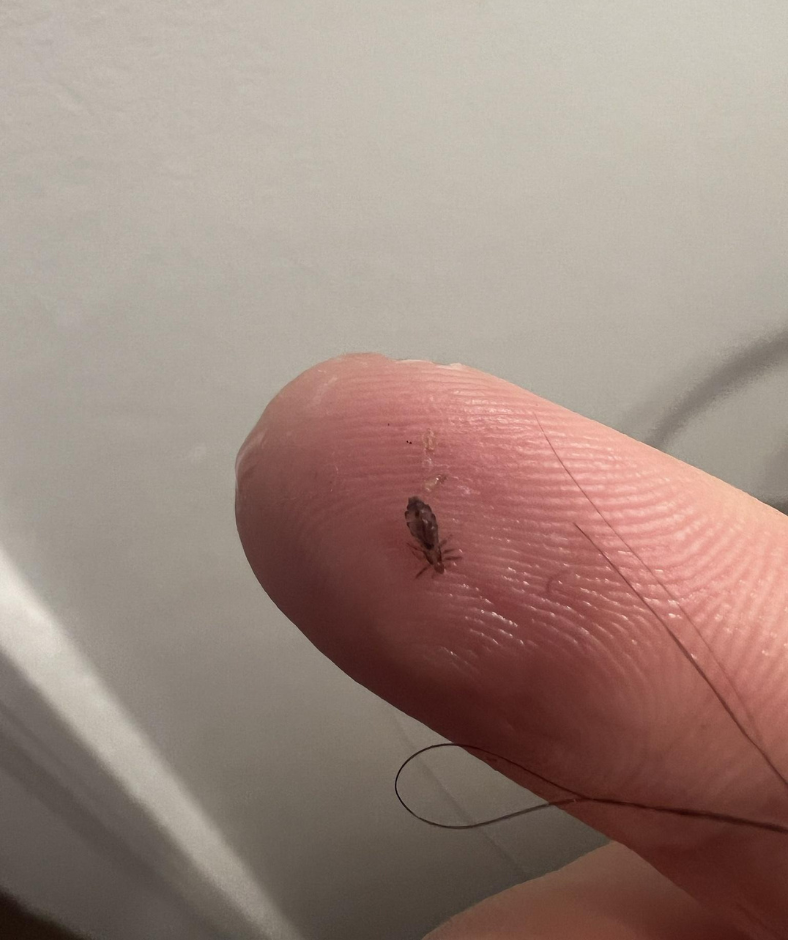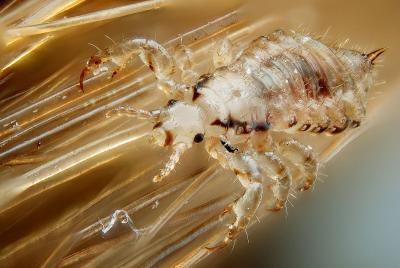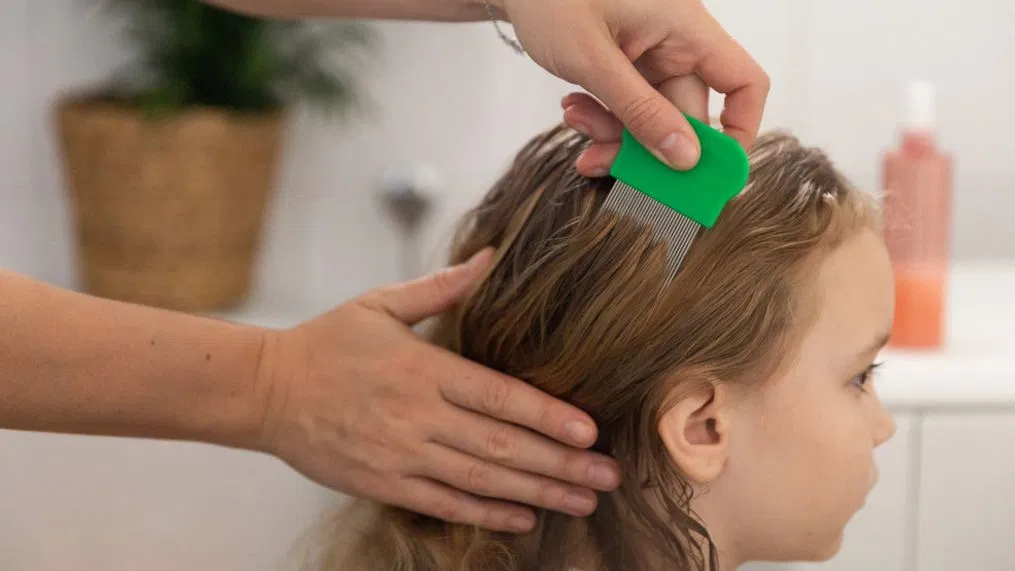Head lice are every parent’s nightmare. These tiny, stubborn insects can spread rapidly through schools and daycares, leaving parents scrambling for solutions. However, with the right prevention techniques and proactive care, you can greatly reduce the chances of dealing with a lice infestation. Here, we’ll go over everything you need to know to keep your family lice-free and tackle any outbreaks head-on.
Understanding Head Lice: It’s Not About Hygiene

Head lice are often associated with poor hygiene, but this couldn’t be further from the truth. These wingless insects latch onto hair regardless of cleanliness, socioeconomic status, or background. The primary way lice spread is through direct head-to-head contact, although they can also transfer through shared items like hats and hairbrushes.
Knowing how lice spread helps you prevent an infestation and clears up any misconceptions. With the right steps, you can significantly lower the risk of your child bringing lice home.
Preventing Head Lice at School and Home
Prevention is the best way to avoid the frustration of a lice infestation. By teaching your children some simple habits and taking a few proactive measures, you can make your home a lice-free zone.
1. Avoid Sharing Personal Items
Lice often spread through shared personal items that come into contact with hair. Here’s what you can do:
- Encourage your children to avoid sharing hats, scarves, combs, hair accessories, and headphones.
- Remind them to keep their belongings separate from their friends’ items, especially at school or daycare.
- Teach them to avoid head-to-head contact during play, which is a common way lice spread.
2. Store Belongings Separately
In many schools, coats and hats are stored in a communal area, creating a potential hotspot for lice transfer. Request that your child’s school provides individual hooks or cubbies for each student’s belongings. At home, ensure hats, scarves, and other items are stored separately to minimize the risk of spreading lice within the family.
3. Clean Frequently Used Items
Lice can sometimes cling to items like pillows, car seats, and headphones. Regularly clean and sanitize these items to reduce the chance of lice transferring from one person to another. Washing in hot water and drying on high heat can effectively kill lice and their eggs, known as nits.
4. Regular Hair Inspections
Conduct weekly inspections of your child’s hair, especially after returning from school or a sleepover. Early detection makes it easier to treat the problem before it becomes an infestation. When inspecting, look for small, oval-shaped nits close to the scalp or adult lice moving through the hair.
What to Do If Your Child Has Head Lice
If you discover that your child has head lice, don’t panic. Head lice are a common problem, and with the right treatment, they’re manageable. Here’s a step-by-step approach to getting rid of lice effectively.
1. Use Proven Treatments
Avoid the temptation to try homemade remedies that may not work. Stick to over-the-counter treatments or prescription options if necessary. Look for products that contain permethrin or pyrethrin, as they are effective at killing lice. Always follow the instructions carefully, as improper use can reduce effectiveness.
2. Comb Out the Nits
After applying the treatment, use a fine-toothed comb to remove any remaining lice and nits. This step is crucial because even one leftover nit can hatch and start a new infestation. Be thorough, working in small sections and checking each part of the scalp. Repeat this process every few days to ensure no eggs were missed.
3. Notify Close Contacts
Let your child’s school, daycare, and close contacts know about the lice infestation. This helps other parents check their own children and treat any infestations early, which in turn helps prevent lice from re-infesting your child.
4. Wash and Sanitize Household Items
Wash your child’s bedding, clothes, and towels in hot water, and dry on high heat. For items that cannot be washed, like stuffed animals, seal them in a plastic bag for at least two weeks to ensure any lice or nits are dead. Additionally, vacuum your home, particularly carpets and upholstered furniture, to remove any lice that may have fallen.
Debunking Common Head Lice Myths

Misconceptions about head lice can lead to ineffective prevention and treatment. Let’s clear up some of the most common myths:
1. Myth: Lice Only Affect People With Poor Hygiene
Fact: Lice don’t care about cleanliness. They simply look for a warm scalp to lay their eggs on, so anyone can get lice, regardless of how clean their hair is.
2. Myth: Lice Can Fly or Jump
Fact: Lice can’t fly or jump; they only crawl. This means direct head-to-head contact is the primary way they spread, which is why avoiding such contact is so important.
3. Myth: Short Hair Prevents Lice
Fact: Lice can latch onto hair of any length. While shorter hair may make it easier to spot lice, it doesn’t necessarily prevent an infestation.
Maintaining a Lice-Free Household

Even after successfully treating head lice, it’s essential to remain vigilant. Continue inspecting your child’s hair regularly, especially after any high-risk activities. Re-infestations can occur if even a single nit is missed, so make weekly checks a routine part of your household’s hygiene practices.
Here are some additional prevention tips:
- Educate your children about lice and the importance of avoiding head-to-head contact.
- Encourage them to use their own pillows and blankets at sleepovers.
- Regularly wash and dry personal items that come in contact with hair.
Conclusion: Proactive Prevention is Key
Dealing with head lice can be stressful, but by taking proactive steps, you can help keep your family safe and lice-free. Educate your children, adopt consistent prevention practices, and act quickly if an infestation occurs. With a combination of vigilance, proven treatments, and thorough cleaning, you can beat head lice and avoid future outbreaks. After all, a little prevention goes a long way in maintaining a happy, healthy, and lice-free home.


